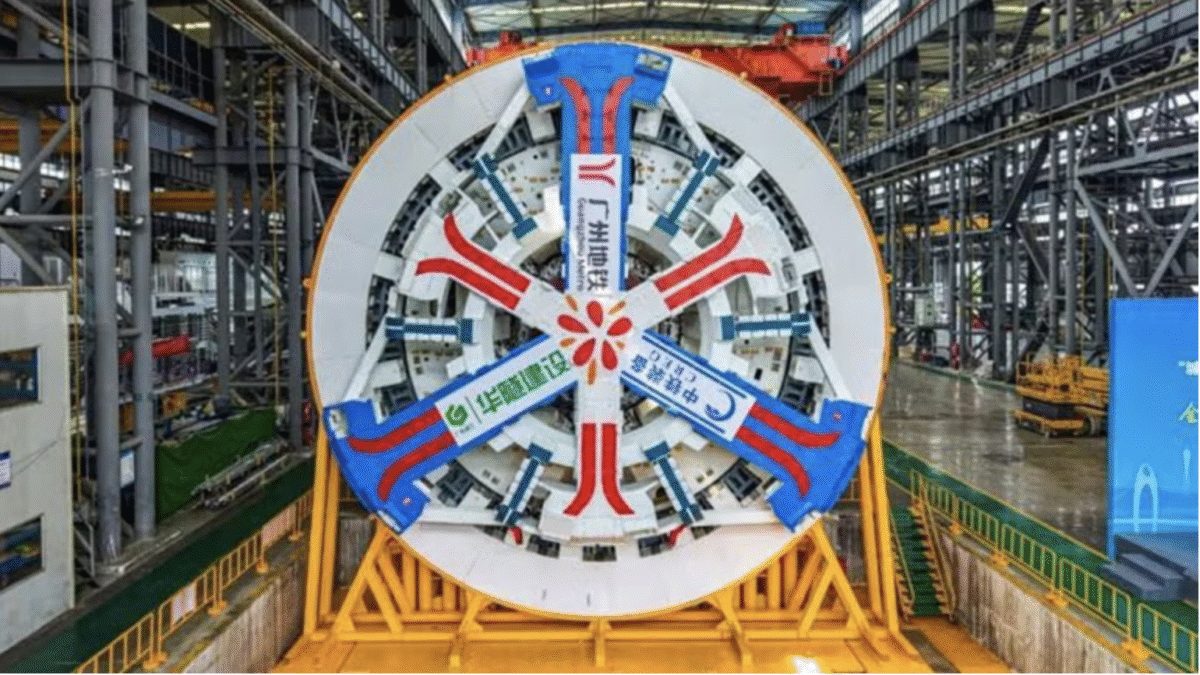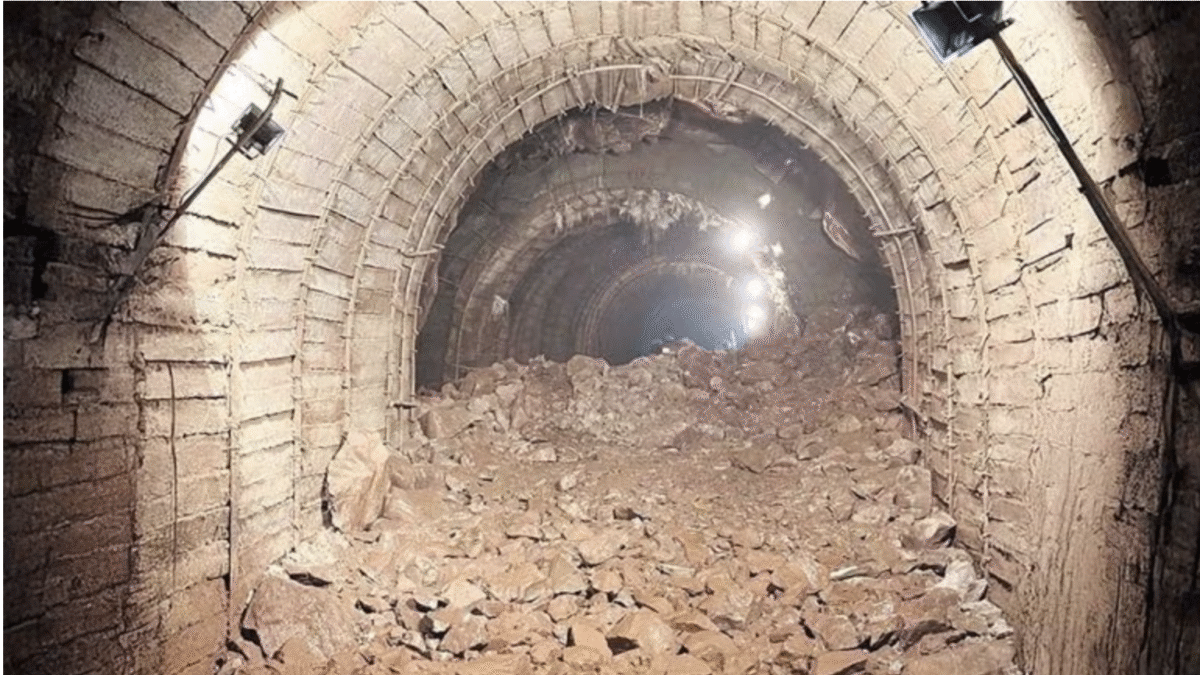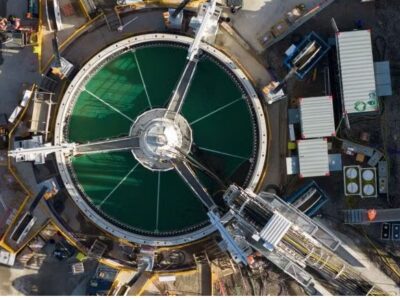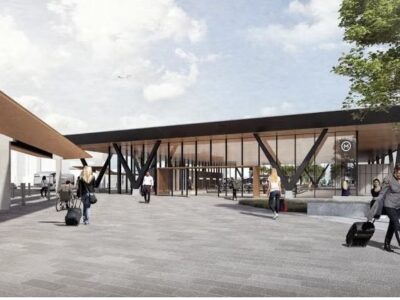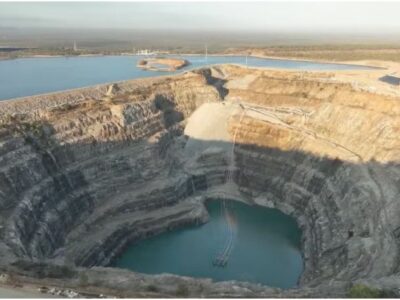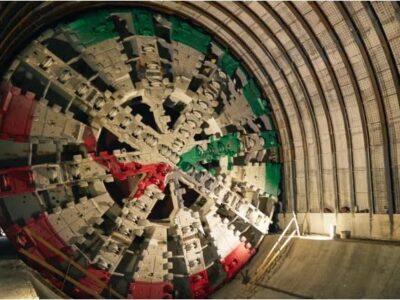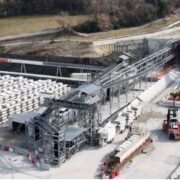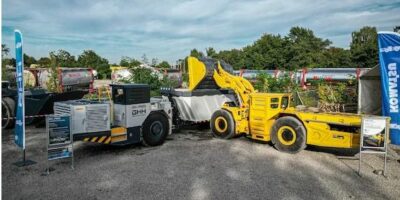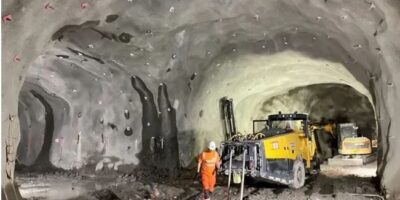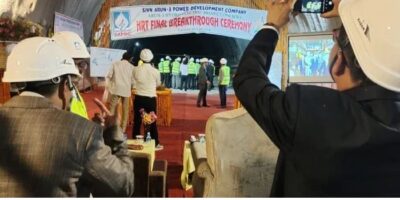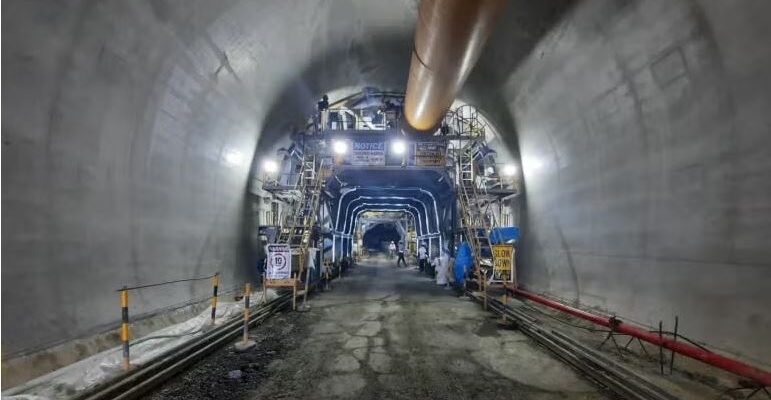
As a historic achievement in the 45.5km bypass project, which features the country’s first long-distance road tunnel system constructed through mountainous terrain, less than 2m remain to be dug on the 2.3km southbound tunnel as the Department of Public Works and Highways (DPWH) announced.
Defining the impending breakthrough as a landmark achievement, not only for the Davao City Bypass Project but for Philippine infrastructure as a whole, DPWH senior under secretary Emil Sadain, who oversees flagship infrastructure projects funded through Japanese Official Development Assistance said: “This milestone showcases the exceptional co-ordination, engineering expertise, and resilience of the Filipino engineers and technical workers, who undertook tunneling operations under complex geological conditions.”
Earlier this year was the date of implementing excavation of the northbound tunnel.
Decreasing travel time between Davao City and surrounding areas by over 40 minutes, significantly easing traffic congestion as well as boosting regional connectivity, will be the advantages of this bypass after completion, whereas this project is part of the government’s broader strategy to modernise infrastructure using advanced tunneling technologies.
According to DPWH secretary Manuel M Bonoan: “The twin-tube mountain road tunnel marked only the beginning, as the Philippines entered a new era of road infrastructure that embraced innovation. Another major road tunnel initiative is being developed under President Ferdinand R Marcos Jr’s Build Better More program — the 23km Dalton Pass East Alignment Road Project, which will connect Nueva Ecija in Central Luzon to Nueva Vizcaya in the Cagayan Valley Region. This project will feature tunnel sections nearly twice as long as those in the Davao Bypass.”
Involving 6.121km of twin-tube tunnels, the northern and southern segments of the Dalton Pass project is measuring almost 4.516km and 1.6km, respectively. It also includes the construction of 10 bridges with a combined length of 5.828km, along with slope protection works.
Procurement for design consultants is under way, with detailed engineering design expected to begin by early 2026.



